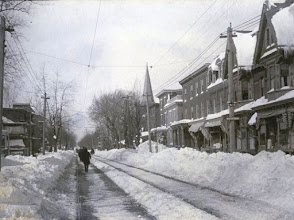Deadline...
Forecasts must be entered NLT 11:59 PM EST...Sunday 30 NOV 2008.
You can submit your snowfall forecast for Winter '08 / '09 here.
You/ll need to create an account with a 'user name' and password...even if you/ve entered the Contest in year/s past. If you provide a valid e-mail address...a copy of your entry will be sent to your inbox.
Everyone/s forecast will be posted on the NEWxSFC/s web site within a day or two of Sunday/s deadline.
Next up...the regular snowfall forecasting season...where each storm is its own Contest. Every time you make the best forecast...you win...in addition to prestigious bragging rights...a month of free access to StormVista/s GOLD!
















































